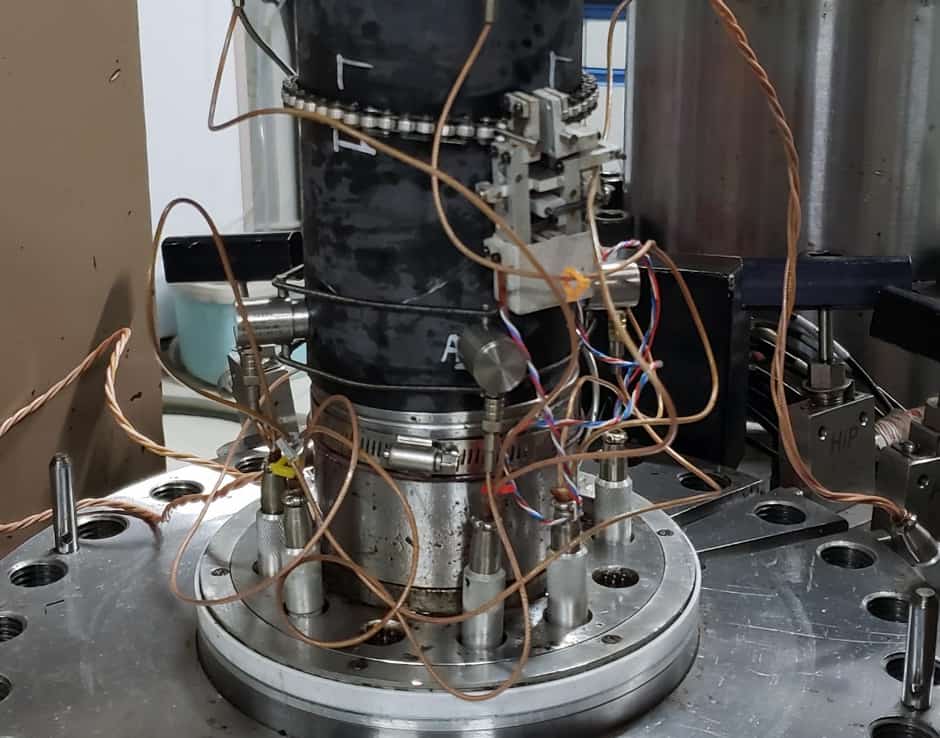
The findings the Chinese Academy of Sciences and China University of Petroleum (Beijing) suggest that the new fracking method could double as a way of storing captured atmospheric CO2. Their results are published in Joule.
Fracking extracts resources from unconventional reservoirs in which a fluid - usually water mixed with sand, foaming agents, biocides, and other chemicals - is injected into the rock, causing fractures that release the resources within. Of the approximately 7-15 million litres of fluid injected, between 30 to 50 per cent remains in the rock formation.
"We chose CO2 fracturing from a range of options because the process includes multiple benefits,” said Nannan Sun, a researcher in the Shanghai Advanced Research Institute at the Chinese Academy of Sciences. “However, we were still lacking a fundamental understanding of the technology, which is greatly important for its further development and deployment."
According to the researchers, benefits of CO2 fracturing include eliminating the need for a substantial water supply (making fracking viable in arid locations), reducing the risk of damage to reservoirs (which occurs when aqueous solutions create blockages in the rock formation), and providing an underground repository for captured CO2.
However, CO2 is not likely to become commonly used as a fracking fluid unless it is more effective than water at resource production. To investigate the differences between CO2 and water as fracturing fluids on a microscopic level, Sun and his team collected shale outcrops from Chongqing, China and fractured them with both fluids. They found that CO2 outperformed water, creating complex networks of fractures with significantly higher stimulated volumes.
"We demonstrated that CO2 has higher mobility than water, and, therefore, the injection pressure can be better delivered into the natural porosity of the formation," said Sun. "This changes the mechanism by which the fractures are created, generating more complex fracture networks that result in more efficient shale gas production."
While the researchers believe this hydraulic fracturing technology will be scalable, its large-scale development is currently limited by CO2 availability. The cost of CO2 captured from emission sources is still prohibitively expensive to make CO2 an industry-wide fracking fluid replacement.
The team also found that once CO2 has been injected into the fracture, it acquires a low viscosity that inhibits it from effectively transporting sand to the fractures. Since the sand is intended to prop open the fractures while shale gas is harvested, it is critical that scientists learn to improve the fluid's viscosity whilst minimising costs and environmental footprint.
"Further investigations are needed to identify the effects of type of reservoirs, geomechanical properties and conditions, CO2 sensitivity of the formation, and so forth," said Sun. "Additionally, cooperation with industries will be carried out to push forward the practical deployment of the technology."
Commenting on the development, Dr Hannah Chalmers, senior lecturer, University of Edinburgh, said: “If CO2 fracking increases the amount of fossil fuel that is available for use, it will also be necessary to capture and store the additional CO2 that is produced by this fossil fuel.”




Poll: Should the UK’s railways be renationalised?
All public service companies should be nationalised for many different reasons, particularly railways, not the least because the tax payer has already...